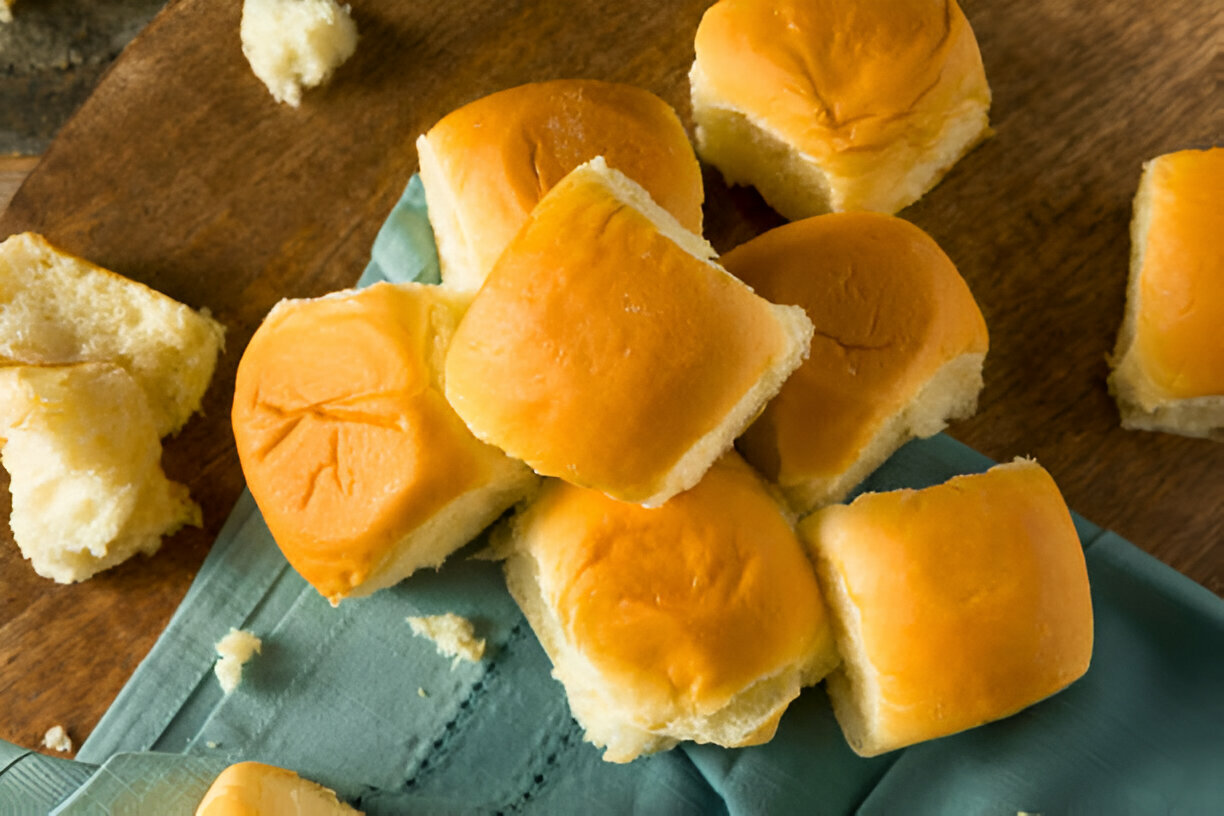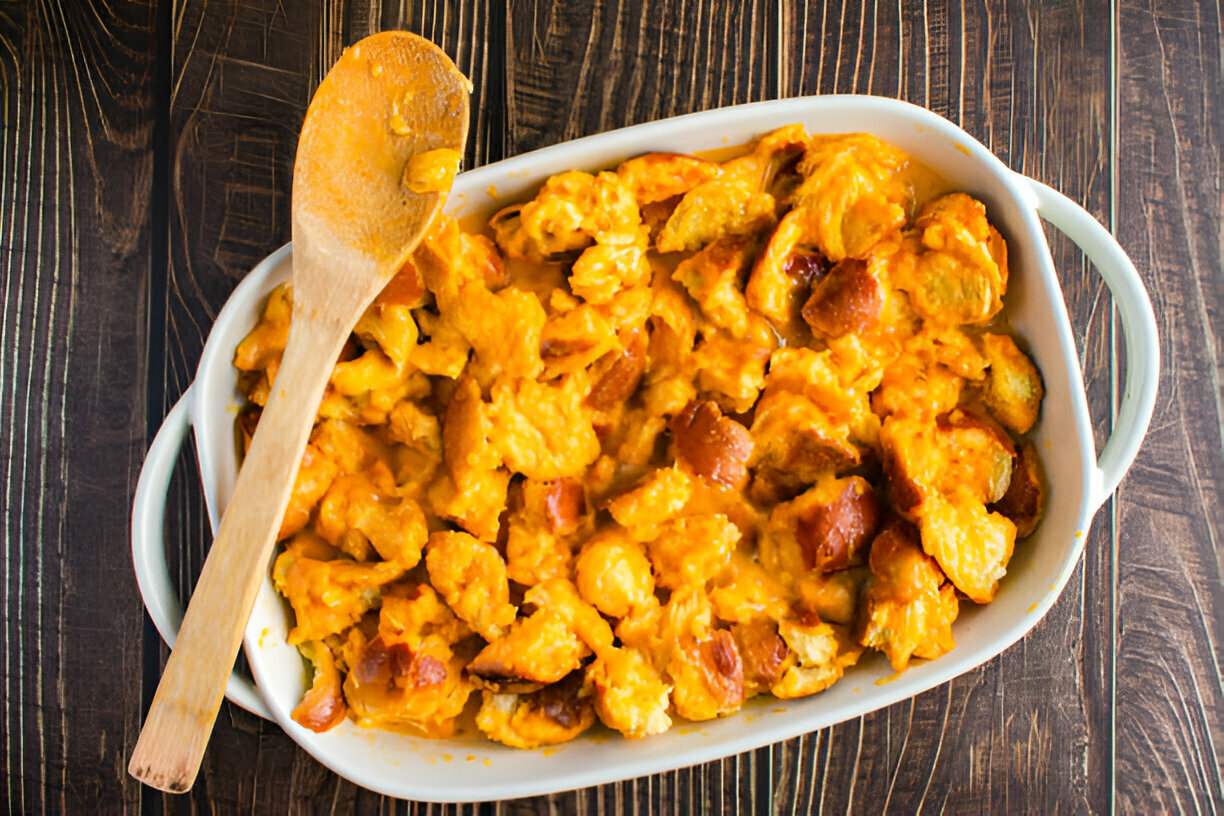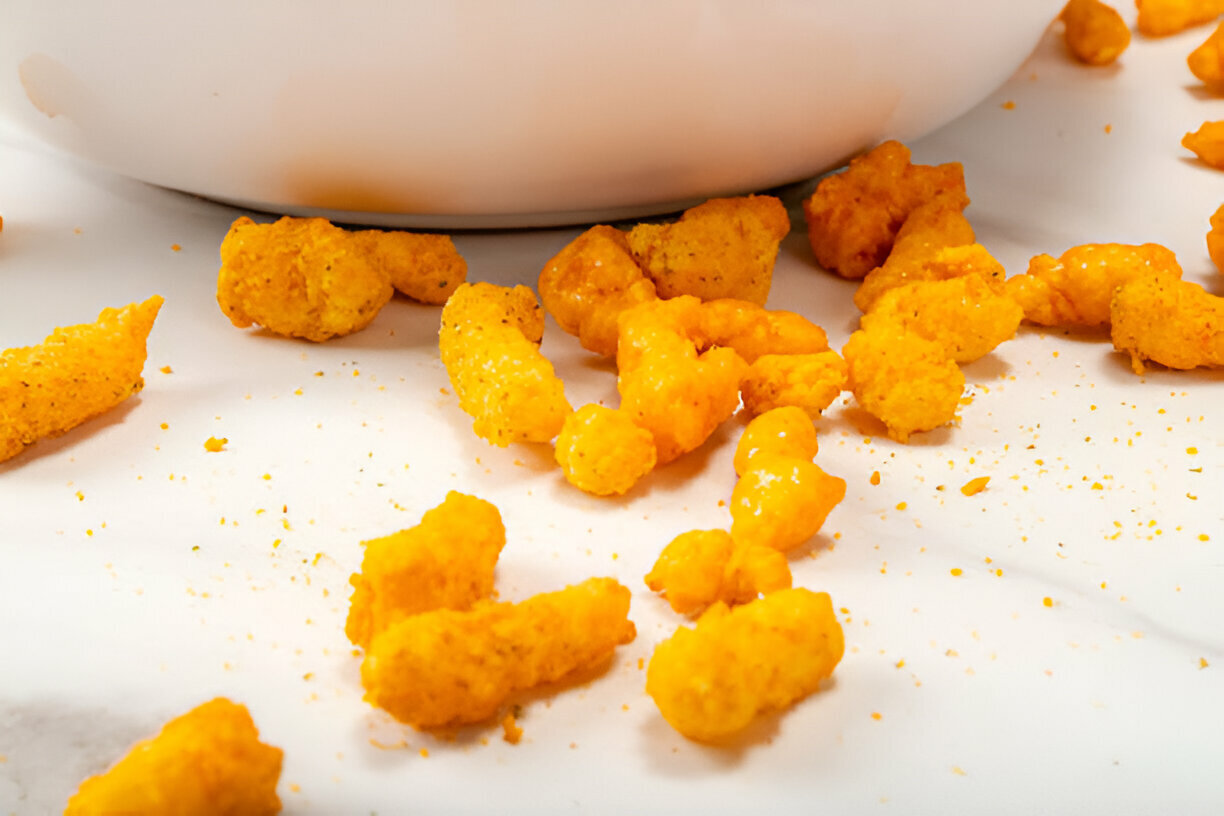Rice and beans, a simple yet nourishing combination, has long been a staple food for many cultures around the globe. This humble dish is not only celebrated for its affordability and accessibility but also for its remarkable nutritional benefits. By uniting two versatile ingredients, rice and beans provide a satisfying and complete meal that has stood the test of time.
The history of rice and beans is woven into the culinary traditions of diverse regions, from the mountains of South America to the coasts of Asia. In Latin America, the dish exemplifies comfort and sustenance, often found at the heart of family gatherings and community feasts. Similarly, in various African cultures, rice and beans are prepared during celebrations, symbolizing abundance and unity. Each culture brings its unique flair to the combination, enriching it with local spices, cooking methods, and additional ingredients.
As we delve deeper into rice and beans, we will explore their nutritional benefits, cultural significance, and variations across the globe, demonstrating why this age-old duo deserves a cherished place on our plates.
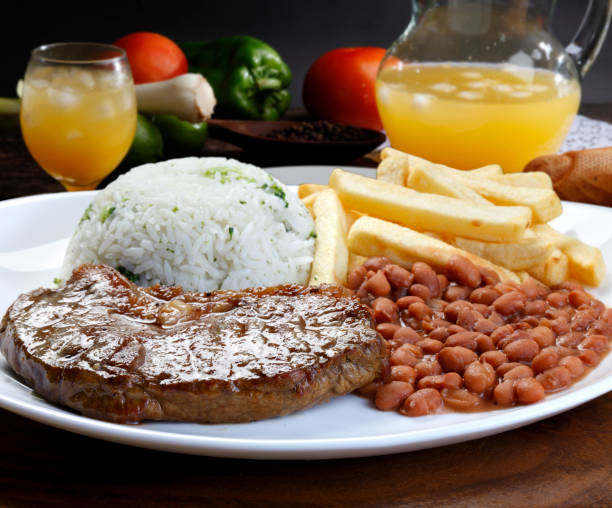
The Nutritional Benefits of Rice and Beans
Rice and beans are not just a culinary marriage; they are a powerhouse of nutrition when combined. Together, they provide a complete protein, which is essential for maintaining our body's structure and functions. While rice is rich in carbohydrates that provide energy, beans are packed with protein and other nutrients. This unique pairing allows vegetarians and vegans to obtain all essential amino acids necessary for muscle repair and overall health.
1.1 Complete Protein Source
The amino acid profiles of rice and beans complement each other perfectly. While rice is low in lysine, an essential amino acid, beans are high in it. Conversely, beans are typically low in methionine, which rice provides. This reciprocal relationship creates a complete protein source that can meet the nutritional needs of individuals, making it an excellent choice for those on plant-based diets.
1.2 Vitamins and Minerals
In addition to being a complete protein, rice and beans provide an array of vitamins and minerals. They are both excellent sources of fiber, which is vital for digestive health and helps regulate blood sugar levels. Rice provides essential B vitamins, while beans are abundant in iron, magnesium, potassium, and folate. These nutrients are crucial for energy production, brain function, and maintaining a healthy cardiovascular system.
1.3 Health Benefits
Incorporating rice and beans into your diet offers multiple health benefits. The high fiber content aids in weight management by keeping you feeling fuller for longer, which may prevent overeating. Furthermore, both ingredients are low in fat and provide complex carbohydrates, making them heart-healthy options. Regular consumption of rice and beans has also been linked to a lower risk of chronic diseases such as diabetes and heart disease, promoting a longer, healthier life.
Cultural Significance and Variations
Rice and beans are not only nutritionally beneficial but also deeply embedded in cultural practices and culinary traditions worldwide. This dish acts as a cultural cornerstone, representing the diverse flavors and cooking styles of various regions.
2.1 Latin American Cuisine
In Latin American countries such as Brazil, Mexico, and Cuba, rice and beans are celebrated for their simplicity and versatility. The dish is often served as a central part of daily meals and festive occasions. Each country features its unique twist, from Brazil's feijoada, a hearty black bean stew with pork, to Mexico’s classic beans served alongside rice spiced with cumin and garlic, showcasing how cherished this combination is across cultures.
2.2 Caribbean Variations
The Caribbean islands also have their distinct take on rice and beans. From Jamaica’s rice and peas, where kidney beans are cooked with coconut milk and scallions, to the Dominican Republic’s moro de guandules, which combines rice with pigeon peas, these variations reflect the rich culinary landscape. Ingredients like thyme, allspice, and hot peppers are often incorporated, giving each dish a lively and aromatic flair.
2.3 Asian Interpretations
In Asia, rice often takes the spotlight, while beans play a supportive role in various dishes. In countries like China and India, beans are frequently used in rice dishes to enhance flavor and nutrition. For instance, the use of mung beans in a savory rice porridge or the preparation of pulao with chickpeas showcases the adaptability of this combination. Such interpretations highlight the global appeal of rice and beans, as they can be crafted to reflect local tastes and dietary preferences.
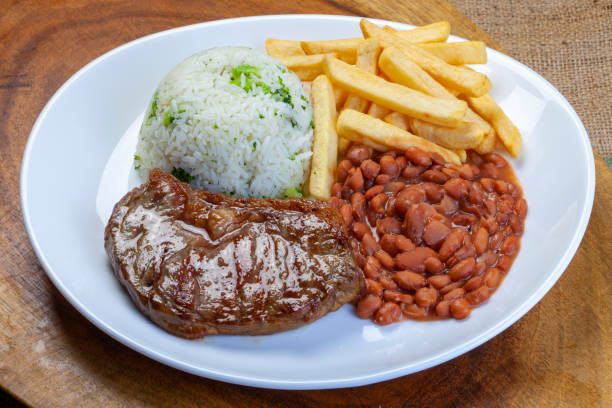
Cooking Rice and Beans
Cooking rice and beans is a fundamental skill that can elevate the simplest of meals. There are various ways to prepare both ingredients, and understanding the different types and methods will enhance your culinary experience.
3.1 Different Types of Rice
When it comes to rice, there are several varieties to choose from, each bringing its unique texture and flavor to the table:
- Short-Grain Rice: Sticky and plump, ideal for sushi and Asian dishes.
- Long-Grain Rice: Fluffy and separate, commonly used in pilafs and casseroles.
- Brown Rice: Whole grain with a nutty flavor, rich in fiber and nutrients.
3.2 Variety of Beans
Beans come in numerous types, each with different flavors and textures, making them versatile additions to any dish:
- Black Beans: Creamy and earthy, perfect for Latin dishes.
- Pinto Beans: Slightly sweet and soft, commonly used in refried beans.
- Kidney Beans: Firm and hearty, great for chili and salads.
- Lentils: Quick-cooking and nutritious, ideal for soups and stews.
3.3 Cooking Methods
To properly cook rice and beans, it’s essential to understand the different methods:
For rice, rinse it under cold water to remove excess starch, then cook it in a pot or rice cooker with a 2:1 water-to-rice ratio. Bring it to a boil, then cover and simmer until the water is absorbed and the grains are tender, usually 15-20 minutes for white rice and 40-45 minutes for brown rice.
Beans, on the other hand, need to be soaked for several hours or overnight. After soaking, drain and rinse the beans, then cook them in a pot with fresh water. Bring to a boil, reduce heat, and simmer until they are soft, which can take anywhere from 1 to 3 hours depending on the type of bean. If using canned beans, simply heat them in a saucepan until warm.
Recipe for a Classic Rice and Beans Dish
4.1 Ingredients
To make a classic rice and beans dish, you will need the following ingredients:
- 1 cup of long-grain rice
- 1 can of black beans (15 oz) or 1.5 cups cooked beans
- 2 cups of vegetable broth or water
- 1 medium onion, chopped
- 2 cloves of garlic, minced
- 1 teaspoon cumin
- Salt and pepper to taste
- 2 tablespoons olive oil
- Fresh cilantro for garnish
4.2 Directions
Follow these step-by-step instructions to prepare your rice and beans dish:
- In a medium saucepan, heat the olive oil over medium heat. Add onions and sauté until translucent, about 5 minutes.
- Add minced garlic and cumin, cooking for an additional 1-2 minutes until fragrant.
- Stir in the rice, ensuring it is coated with the oil and aromatics. Cook for a minute to toast the rice slightly.
- Pour in the vegetable broth (or water) and season with salt and pepper. Bring to a boil.
- Once boiling, reduce the heat to low, cover, and simmer for about 15-20 minutes or until the rice is tender and liquid is absorbed.
- While the rice is cooking, heat the beans in a small saucepan over medium heat until warmed through. If using canned beans, drain and rinse them first.
- Once the rice is fully cooked, fluff it with a fork. Gently fold in the warmed beans.
- Serve hot, garnished with fresh cilantro.
4.3 Tips for Perfect Rice and Beans
To achieve the best flavor and texture in your rice and beans dish, consider the following tips:
- Seasoning: Enhance the flavor by adding bay leaves, smoked paprika, or diced tomatoes while cooking.
- Cooking Techniques: For added depth, try cooking the rice in coconut milk instead of water.
- Storage: Leftover rice and beans can be stored in an airtight container in the fridge for up to 4 days. Reheat on the stovetop with a splash of water to prevent drying out.
Serving Suggestions
5.1 Accompaniments
Rice and beans are incredibly versatile and can be served with a variety of accompaniments, such as:
- Grilled meats like chicken, beef, or fish.
- Steamed vegetables, such as broccoli, carrots, or sautéed greens.
- Fresh avocado slices or guacamole for added creaminess.
- Spicy sauces like salsa or hot sauce to elevate the dish.
5.2 Variations and Add-ins
To keep your rice and beans interesting, consider these creative variations:
- Add diced bell peppers, corn, or zucchini for extra texture and nutrients.
- Incorporate spices such as chili powder or cayenne for a kick.
- Top with fried eggs or poached eggs for a protein-packed breakfast option.
- Mix in fresh herbs like parsley, cilantro, or green onions for added freshness.
FAQs
6.1 What are the best types of rice and beans to use?
The best types of rice for a classic dish are long-grain or basmati rice for fluffiness. As for beans, black beans or pinto beans are ideal for their complementary flavors.
6.2 How to store leftover rice and beans?
Store leftover rice and beans in an airtight container in the refrigerator for up to four days. Reheat in a saucepan, adding a little water to prevent drying out.
6.3 Can rice and beans help me lose weight?
Yes, rice and beans can assist in weight management since they are rich in fiber, which keeps you feeling full longer and helps curb overeating.
6.4 Are rice and beans gluten-free?
Yes, both rice and beans are naturally gluten-free, making them great options for individuals with gluten sensitivities or celiac disease.
Conclusion
Rice and beans represent an enduring staple that offers a myriad of nutritional benefits and cultural significance. Their versatility in various culinary traditions demonstrates the dish’s adaptability. We encourage you to experiment with different variations and enjoy this wholesome combination that can suit any palate.
References
For further reading about rice and beans, their nutritional benefits, and cooking techniques, consider the following resources:
- The Spruce Eats - Rice and Beans Recipes
- NutritionData - Rice and Beans Nutritional Information
- Bon Appétit - How to Cook Rice and Beans
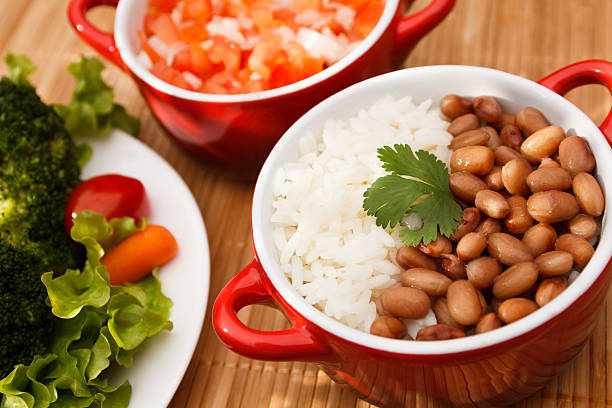
rice and beans
Equipment
- 1 Medium pot with a lid
- 1 Large skillet
- 1 Wooden spoon
- 1 Measuring cups
- 1 Measuring spoons
- 1 Can opener
Ingredients
- 1 cup long-grain rice
- 2 cups vegetable broth (or water)
- 1 can (15 oz) black beans rinsed and drained
- 1 tablespoon olive oil
- 1 small onion chopped
- 2 cloves garlic minced
- 1 teaspoon ground cumin
- 1 teaspoon chili powder
- ½ teaspoon salt (or to taste)
- ¼ teaspoon black pepper
- 1 cup corn (fresh, frozen, or canned)
- ¼ cup fresh cilantro chopped (optional for garnish)
- lime wedges for serving (optional)
Instructions
- In a medium pot, combine the rice and vegetable broth (or water). Bring to a boil over high heat. Once boiling, reduce the heat to low, cover, and simmer for about 15-18 minutes, or until the rice is cooked and the liquid is absorbed.
- Remove the pot from heat and let the rice sit covered for another 5 minutes.
- While the rice is cooking, heat the olive oil in a large skillet over medium heat. Add the chopped onion and sauté for about 3-4 minutes until softened.
- Add the minced garlic, cumin, chili powder, salt, and black pepper to the skillet. Cook for another minute, stirring constantly until fragrant.
- Stir in the rinsed and drained black beans and corn. Cook for about 5-7 minutes, stirring occasionally, until heated through.
- Once the rice is done, fluff it with a fork and add it to the skillet with the beans and spices. Gently mix everything until well combined.
- Serve the rice and beans warm, garnished with fresh cilantro and lime wedges if desired.

